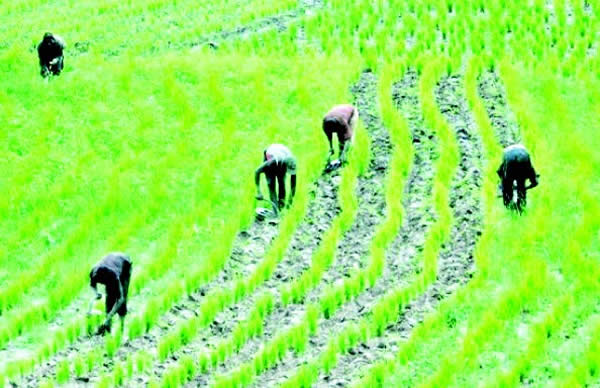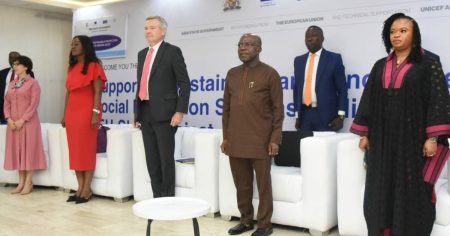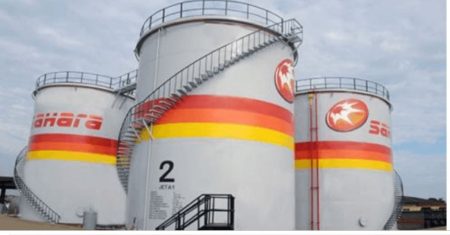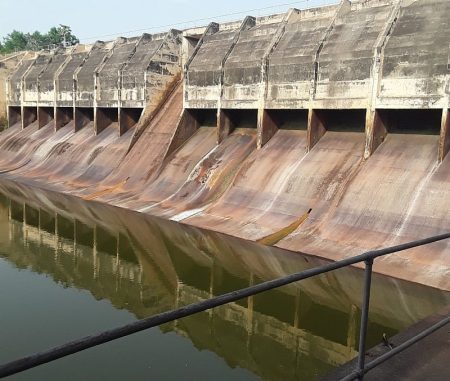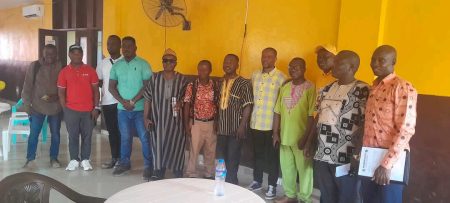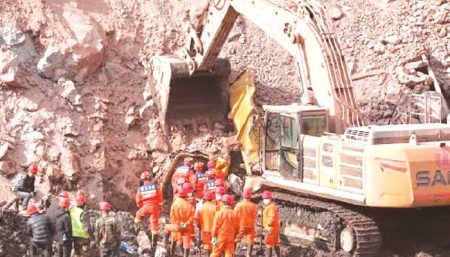In a significant initiative aimed at enhancing food security in Katsina State, over 200 local farmers from Dutsinma and Matazu Local Government Areas have recently completed a training program on modern rice farming techniques. This training, organized by the South Korean SAEMAUL Foundation, took place at the Katsina State Old Government House Banquet Hall, underscoring the commitment to improve agricultural practices in the region. Tukur Jikamshi, the Director General of the Katsina Investment Promotion Agency, highlighted the substantial improvement in crop yields resulting from the training, as farmers have increased their production from a range of 2.5 to 7 tonnes per hectare to now exceeding 8 tonnes per hectare.
The SAEMAUL Foundation’s project entails a $5 million investment spread over five years, focusing on developing agriculture in two key wards: Makera in Dutsinma LGA and Raddawa in Matazu LGA, along with their surrounding areas. The foundation has made significant advancements by constructing essential irrigation infrastructure, including boreholes and drainage facilities, which are crucial for modern rice farming. The infrastructure works, particularly in Raddawa where 40 hectares of land are being developed, and 60 hectares in Makera village, not only enhance agricultural productivity but also provide the necessary resources for farmers to sustain their livelihoods.
Moving forward, Jikamshi announced plans for a second phase of training where another 400 farmers, alongside 200 extension workers, will receive instruction before the end of the year. This ongoing commitment to farmer education aims to solidify the gains achieved from the first training session and extend benefits to a larger number of agricultural practitioners. The training empowers farmers with new skills and knowledge that directly translate into improved yield and efficiency in rice production, thus contributing significantly to the overall economic development of the region.
Attendees at the program, including 150 farmers and extension workers, expressed optimism regarding the training’s impact on their farming practices. A participant from Matazu, Mallam Ahmed, recognized the training as a much-needed intervention that would not only enhance food security in the area but also bolster agricultural productivity. He reflected on the positive changes already observed since the foundation’s involvement, stating that the support they received has been instrumental in improving local farming.
Jikamshi further noted that the training and accompanying infrastructure developments are not just transforming agricultural outputs but also positively affecting the communities in multiple dimensions. The improvements have begun to reflect in areas like income generation, general health, and even educational indices, particularly with an increase in girl child enrollment in schools. This holistic approach indicates that investments in agricultural training can yield various societal benefits, aligning with broader developmental goals.
Overall, the partnership between Katsina State and the SAEMAUL Foundation embodies a strategic effort to revitalize local agriculture through education and infrastructure development. As the project progresses, it serves as a model for similar initiatives aiming to address food security and improve the livelihoods of rural farmers, ensuring food systems are resilient and sustainable amid evolving economic challenges. The initial successes achieved through these training programs lay a strong foundation for future advancements in rice production and agricultural practices in the region, promising a more secure food landscape for the local communities.





